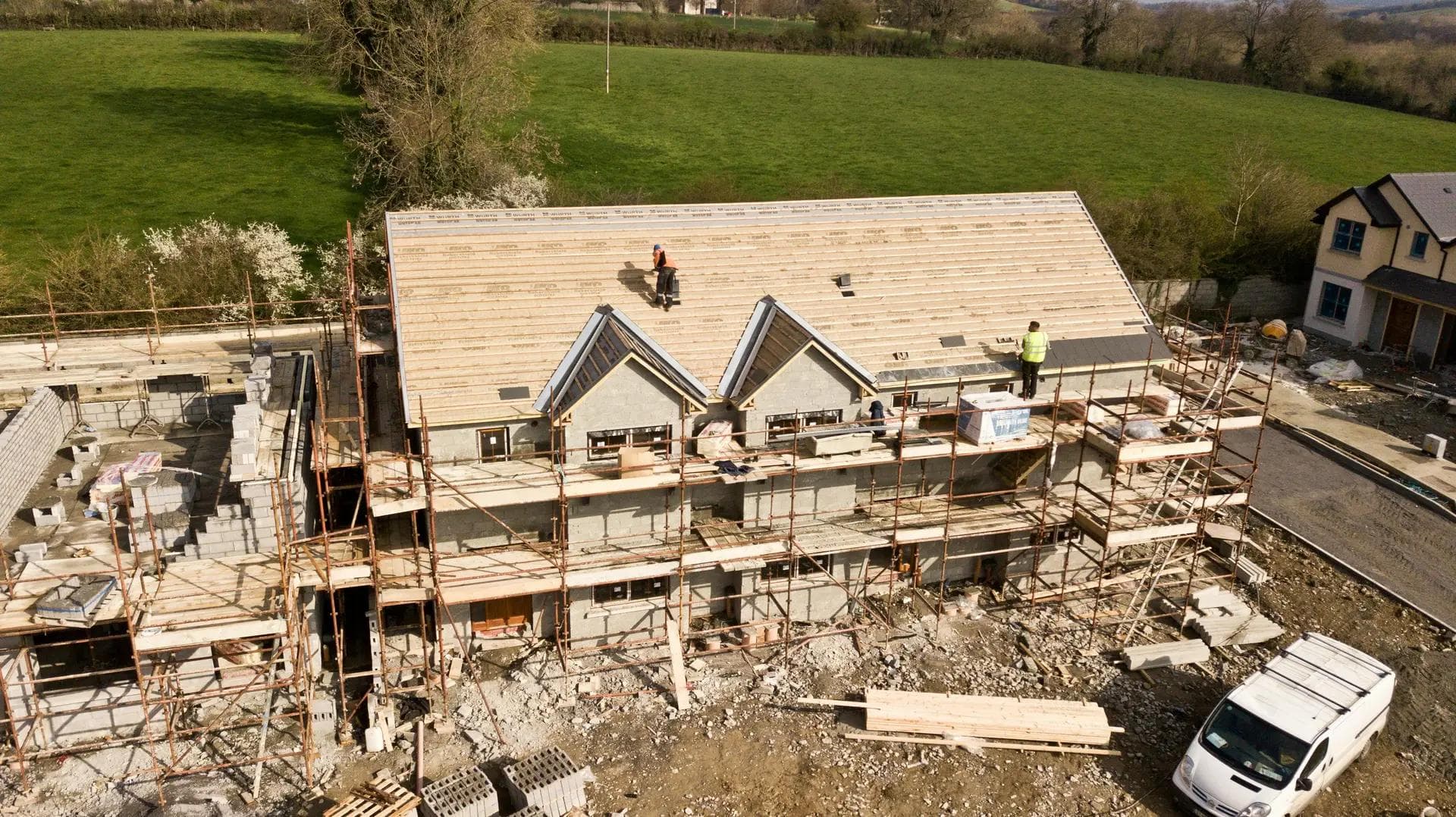
What is the Purpose of Roof Decking?
Introduction
Your roof’s shingles may steal the show, but beneath them lies an unsung hero: roof decking. This critical component quietly ensures your home stays safe, dry, and structurally sound. Many homeowners overlook roof decking, yet understanding its purpose is key to maintaining a strong roof and protecting your investment. In this guide, we’ll explore what roof decking is, why it matters, and how to keep it in top shape to safeguard your home.
What Is Roof Decking?
Roof decking, sometimes called roof sheathing, is the structural foundation of your roof. Typically made of plywood or oriented strand board (OSB), it forms a solid base beneath your shingles, tiles, or other roofing materials. Think of it as the backbone of your roof system, providing stability and support.
Types of Roof Decking
- Plywood: A strong, reliable choice commonly used in residential homes for its durability.
- Oriented Strand Board (OSB): A cost-effective alternative made from compressed wood strands, widely used in modern construction.
- Plank Decking: Found in older homes, this consists of solid wood planks but is less common today due to cost and availability.
Roof decking’s primary role is to support roofing materials, evenly distribute weight (like snow or wind loads), and provide a secure surface for attaching shingles or tiles. Without solid decking, your roof wouldn’t function properly.
Why Roof Decking Matters
Roof decking does more than just hold your shingles in place—it’s essential for your home’s safety and efficiency. Here’s why it’s so important:
Structural Integrity
Roof decking bears the weight of your roofing materials, as well as external forces like heavy snow, strong winds, or even fallen debris. It prevents sagging or collapse, ensuring your roof remains stable during extreme weather.
Leak Prevention
Decking provides a sturdy base for the underlayment and shingles, creating a barrier against water infiltration. Properly installed decking reduces the risk of leaks that could damage your home’s interior.
Fire Resistance
Some decking materials are treated to slow the spread of fire, adding an extra layer of safety to your home. This can be critical in areas prone to wildfires or during unexpected emergencies.
Energy Efficiency
Roof decking supports insulation in your attic, helping regulate indoor temperatures. A well-maintained decking system contributes to lower energy bills by keeping your home cooler in summer and warmer in winter.
Common Issues with Roof Decking
Like any part of your home, roof decking can develop problems over time. Recognizing the signs of damage early can save you from costly repairs.
Signs of Damage
- Soft Spots or Sagging: Indicates weakened or rotting decking, often visible in the attic.
- Water Stains: Brown or discolored spots on attic walls or ceilings suggest leaks affecting the decking.
- Creaking Noises or Cracks: These may signal structural issues or stress in the decking material.
Causes of Damage
- Water Damage: Leaks from worn shingles or poor attic ventilation can cause rot or mold.
- Age-Related Wear: Over decades, decking can deteriorate naturally, especially in older homes.
- Pest Infestations: Termites or other pests can weaken wood decking, compromising its strength.
Impact
Damaged decking can lead to roof failure, allowing water to seep into your home or even causing structural collapse in severe cases. Addressing issues early prevents safety hazards and expensive repairs.
How to Maintain and Inspect Roof Decking
Regular maintenance is crucial to ensure your roof decking remains in good condition. Here are some tips for homeowners:
- Check the Attic: Periodically inspect your attic for signs of damage, such as water stains, soft spots, or mold. Use a flashlight and proceed cautiously to avoid stepping through weak areas.
- Ensure Proper Ventilation: Good attic ventilation prevents moisture buildup, which can lead to rot and mold in decking.
- Schedule Professional Inspections: While you can spot obvious issues, a roofing contractor has the expertise to assess decking thoroughly and safely.
- Address Repairs Promptly: If you notice damage, don’t delay. Small issues can escalate quickly, leading to costly roof decking replacement.
When to Replace Roof Decking
Roof decking typically lasts as long as your roofing materials (20–30 years for asphalt shingles), but damage may require earlier replacement. Common scenarios include:
- Widespread rot or water damage found during a roof replacement.
- Structural weaknesses identified by a roofing contractor.
- Visible cracks or sagging that compromise the roof’s integrity.
Replacing damaged decking ensures your roof remains strong and protective. Always consult a professional roofing contractor for a thorough evaluation and quality repairs.
Conclusion
Roof decking is the foundation of your roof, quietly working to maintain structural integrity, prevent leaks, and improve energy efficiency. By understanding its purpose and keeping an eye out for signs of damage, you can protect your home from costly repairs and ensure long-term safety. Regular inspections and timely maintenance are key to a healthy roof. Contact a trusted roofing contractor for a free inspection to ensure your roof decking is in top shape and ready to protect your home for years to come.
FAQ
What is roof decking?
Roof decking is the structural base, typically plywood or OSB, that lies beneath your roofing materials. It supports the roof and helps prevent leaks.
Why is roof decking important?
It provides structural support, distributes weight, and supports leak prevention and insulation, keeping your home safe and efficient.
How do I know if my roof decking is damaged?
Look for soft spots, sagging, water stains, or creaking noises in your attic, which may indicate rot or water damage.
Can I inspect roof decking myself?
You can check your attic for visible damage, but a roofing contractor should perform a thorough inspection for safety and accuracy.
When should I replace roof decking?
Replace damaged sections during roof replacements or if rot, cracks, or structural issues are found. Consult a roofing contractor for guidance.
Customer Reviews
With over 1000 home projects completed to date, we know how to treat our customers. This is what they’re saying about us.

